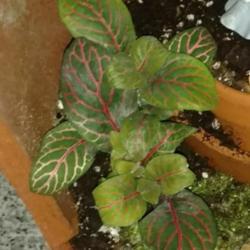GraceHazel said:
Not a dumb cane, its a dracaena(sansevieria) species. corn plant is one of the correct common names, though.
WOW- I am not sure what Grace Hazel meant. Its probably just doing quick punctuation but it appears confusing.. .
Here's a quickie on naming plants. There are Latin names that start with genus (group) than species (specific type). Then there are common names that are used as a hold over from old times and also now as a way to identify brand variations (e.g. Stella D'oro day lillies or certain named roses).
If you want people to think you're really smart- Always Capitalize genus, never species. E.g. Homo sapien.
Dracaena describes a genus. A genus is a group of species closely related. Dracaena ARE commonly known as cane plants (3rd plant).
Sansevieria is an entirely different genus- they are commonly known as snake plants (second plant).
They are 2 separate genus, or groups, just like canis/felis (AKA dog/cat) are two different genus. House cat and lion are two common species that belong to the genus Felis, their traits are Feline. You would never describe something as Canis(Felis) which reads: dogish(catish)- or, in this case Dracaena(Sansiveria).
I can't ID your species specifically.
The third plant is a cane, a Dracaena something. The second is a snake plant, Sanseveria something. Although I can't answer your question specifically, I wanted to prepare you to go get the information you want, understand the responses, and consider their validity.
Good news is, these are really tolerant plants. Don't over-water them- they are not canine or feline, lol- daily water will kill them.

